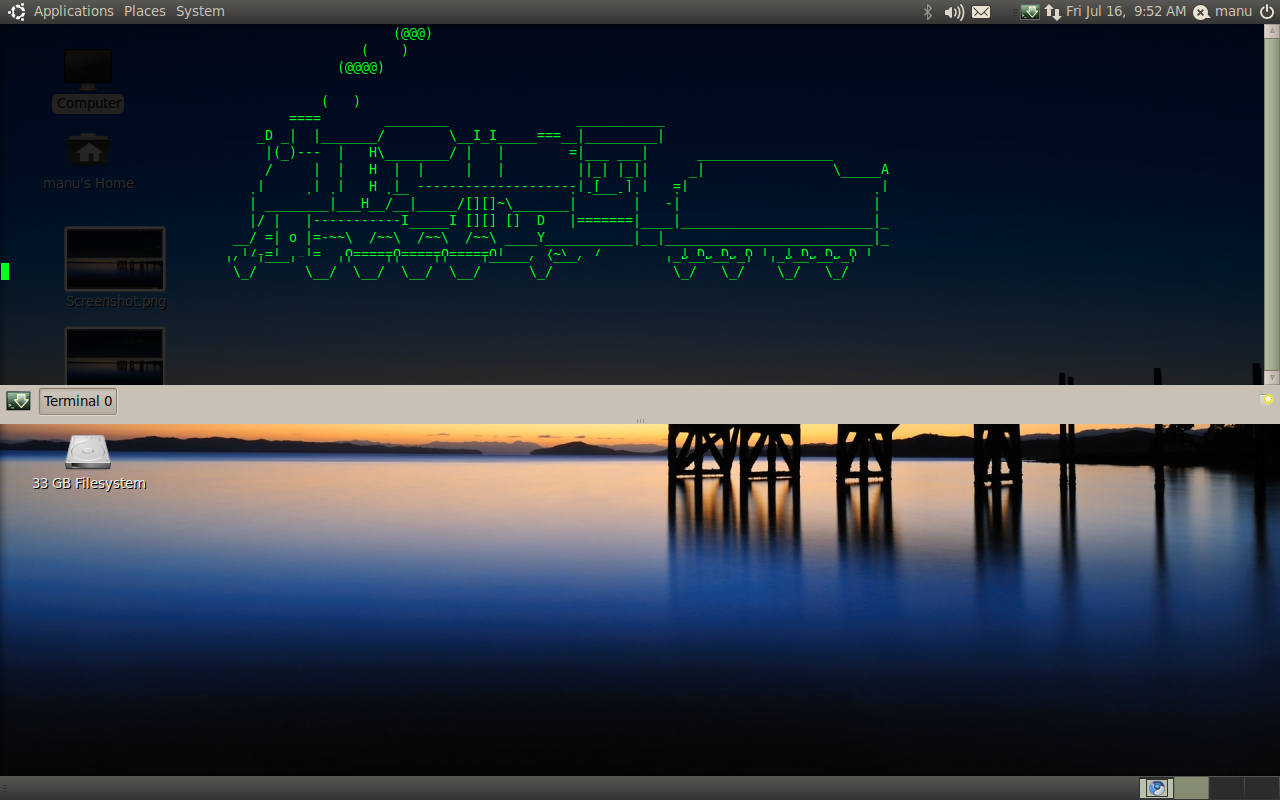

$ sudo systemctl enable -now snapd. However, the command to use is distro-specific and enter commands line by line: Install snapd on a Debian, Ubuntu, and Linux Mint Snapd will allow you load snap pages on any Linux distro of yours. How to Install Spotify Using Snapd in Linux

You can enjoy a similar experience to that on Windows and MacOS platforms by using the snapd service to put a Spotify desktop client on your Linux workstation.įollow the steps below to get yours set up. Its users can stream millions of tracks either free of charge or for an affordable subscription fee making it an mp3 player with a virtually unending playlist.Īt the moment, Spotify’s desktop client for Ubuntu and similar distros seem inexistent but there is good news. They update automatically and roll back gracefully. Snaps are applications packaged with all their dependencies to run on all popular Linux distributions from a single build. The Spotify client is available in the snap directory as well, and my installation already supports Snap.Spotify is a music streaming service that needs no introduction. Snap can now be installed as follows: sudo yum install snapd Once installed, the systemdunit that manages the main snap communication socket needs to be enabled: sudo systemctl enable -now snapd. Enable snaps on Red Hat Enterprise Linux and install M圜hatGPT. I’ve looked for solutions everywhere and none worked, or I wasn’t able to understand how these solutions could be applied (like the “qt4-bin” or changing the internet check in /etc/NetworkManager/nf).

The same error would show if I try to control it from another device sudo snap install spotify Also, you can visit the snapcraft official website and just click on the install button to simply download Spotify on your Solus system without much struggle: Let us look at the third method of installing Spotify via Flatpak on our Solus OS.If you have the file on your computer you can import it. When clicking a song: Spotify can’t play this right now.So, I started looking into the native application again, experiencing issues like: But, the Spotify web player wouldn’t always show up as a device running Spotify which required me to start a VNC session and reload the tab which I really do not want to do. Since the Spotify client didn’t work natively I’ve used it in the browser since. My office server is connected to a monitor and a soundbar and is used as the main audio player for the office.


 0 kommentar(er)
0 kommentar(er)
